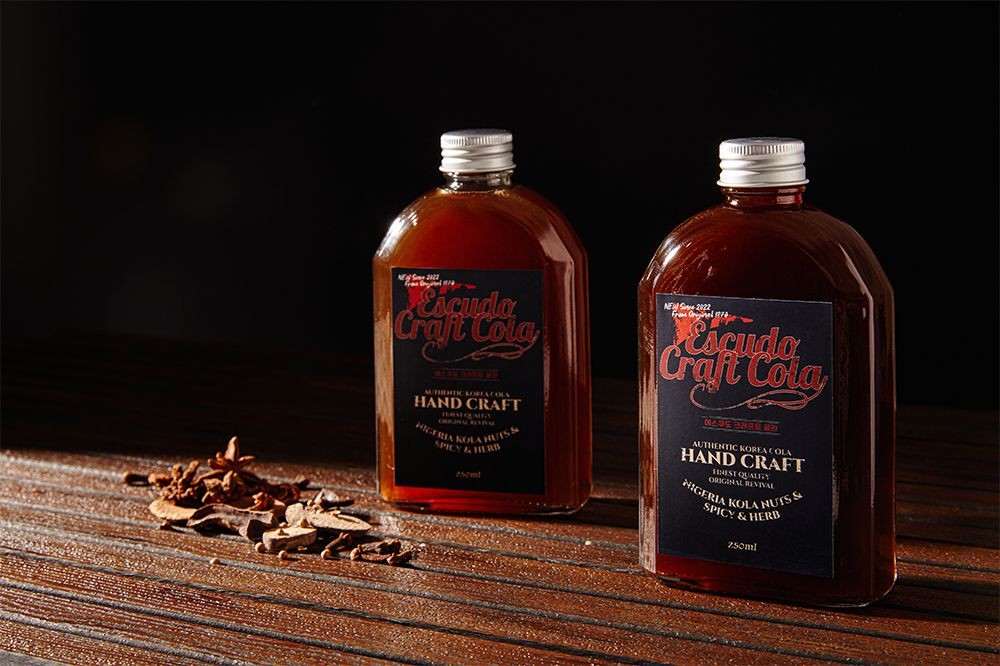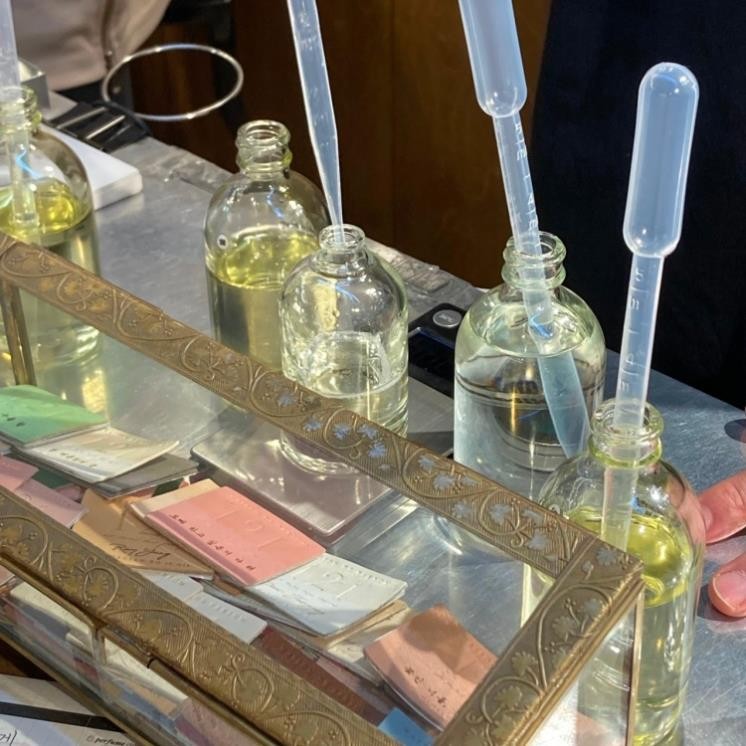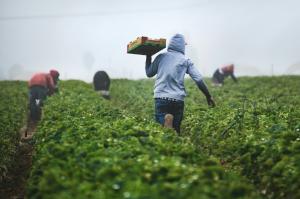You might have had some experience making soap, perfume, or a ring in craft workshops. Various products are made by hand these days, with more and more people getting interested in making or purchasing handcrafted goods. These products over anything from food to clothes. The Dankook Herald (DKH) introduces the world of craft culture and the young generations that are fascinated with it.
 |
| ▲ Two Bottles of Craft Coke (Photo from Escudo Coffee) |
Craft consumption refers to the spending on goods or food that are made by hand by individuals or small businesses and is the opposite of being mass-produced by factories. Simply put, it means consuming eco-friendly products handmade by individuals. Examples of food craft products include craft beer, burgers, and chocolate, and even recently, craft coke which has become very popular in Japan. The spread of craft culture stems from a shopper’s great interest in health and the consumer psychology of wanting good quality and unique products. Craft foods are relatively healthy as they use natural ingredients as compared to factory-manufactured products designed for a longer shelf life so they contain preservatives. Along with the craft trend is a propensity to focus on quality rather than price which has become quite popular. In this case, despite the higher price, the consumer is willing to pay more for a unique well-made item.
However, ‘handmade’ is not restricted to food products. Jewelry, ceramics, and perfume workshops have recently become very popular, while handmade clothes continue to receive attention. People make these meaningful products at craft workrooms under the guidance of craft experts. This aspect coincides with the consumption pattern of consumers in their 20s and 30s who emphasize individuality and taste. With this change in consumption patterns, the interest in handmade products affects the workplace. ‘Toast’, a British craft fashion brand, offers customers fashion workshops to repair their clothes, or a kit to make DIY clothing. With this experience, customers acquire clothes that perfectly suit them. The ripple effect of the craft culture trend is soaring continually. Local governments are creating programs regarding handmade products. The Seoul Metropolitan Government is running the ‘Seoul Handmade Shoe Academy’, where cobblers teach shoemaking. If we look around, more and more products related to craft culture are finding their way into the shops.
 |
| ▲ The Process of Making Perfume by Hand (Photo from Esquire) |
The DKH surveyed Dankookians (Students of Dankook University) to dig deeper into the craft consumption craze. Dankookians believe that the word ‘handmade’ gives credibility to a product while reminding them of eco-friendly images and the sincere efforts of the craftsperson. At the same time, they associated them with higher prices due to the labor-intensive characteristics of the handmade product. In addition, they said what makes these products different was their embracing of diversity and the creation of a learning experience opportunity. Craft products that Dankookians were personally interested in included soap and perfume that were easy to make to their liking, eco-friendly clothing products that use recycled materials, and DIY wallets. Those who prefer craft products responded that these products seem more reliable as individuals make their own items with care, and some felt qualitative satisfaction after consumption. One Dankookian switched to craft body soap due to side effects when using factory-manufactured soap, and others responded that they had a simple interest in the trend, or the influence of friends led them to use craft products. Some respondents felt indifferent about craft products, but positive responses said that they will continue to consume them in the future.
Through the survey, the DKH learned that people who have experience making craft products had a sense of individual uniqueness about their items and appreciated that this was what sets them apart from factory-made goods. The younger generation in particular prefers something unusual and focuses on its uniqueness. As a result, this generation is fascinated with craft consumption, and the trend is only expected to grow bigger.
이진희, 구시현, 김주연, 이은희 dankookherald@gmail.com






